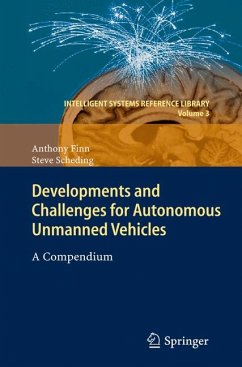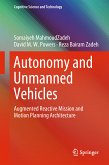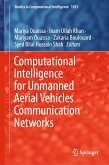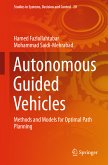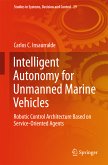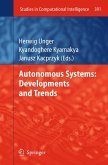The book draws upon a broad range of others' work with a view to providing a product that is greater than the sum of its parts. The discussion is intentionally approached from the perspective of improving understanding rather than providing solutions or drawing firm conclusions. Consequently, researchers reading this book with the hope of uncovering some novel theory or approach to automating an unmanned vehicle will be as disappointed as the capability planner who anticipates a catalogue of technical risks and feasibility options against his favoured list of component technologies and potential applications. Nevertheless, it is hoped that both will at least learn something of the other's world and that progress will ensue as a result.
For the defence policy and decision maker, this is a "must-read" book which brings together an important technology summary with a considered analysis of future doctrinal, legal and ethical issues in unmanned and autonomous systems. For research engineers and developers of robotics, this book provides a unique perspective on the implications and consequences of our craft; connecting what we do to the deployment and use of the technology in current and future defence systems. Professor Hugh Durrant-Whyte
Dieser Download kann aus rechtlichen Gründen nur mit Rechnungsadresse in A, B, BG, CY, CZ, D, DK, EW, E, FIN, F, GR, HR, H, IRL, I, LT, L, LR, M, NL, PL, P, R, S, SLO, SK ausgeliefert werden.

